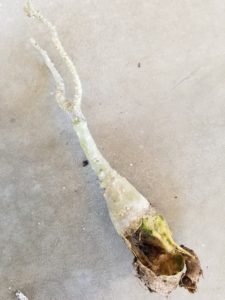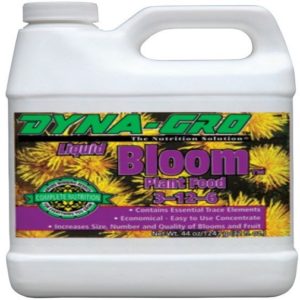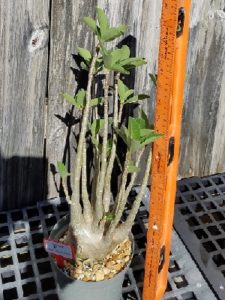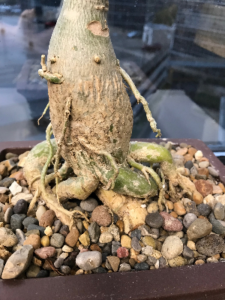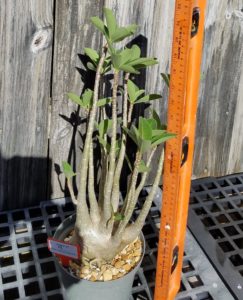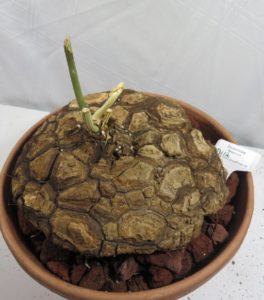 Fat plant Specimen size Dioscorea elephantides Mexicana plant were just listed on the Adeniumrose Company website. These are rare plant know as Elephant foot genus Dioscorea Mexicana. This is a caudex form fat plant with a above ground plant bulb done shaped with a woody exterior. These fat plants plants are protected and special permits required to collect the plants. It takes many years to get this big in the right environment.
Fat plant Specimen size Dioscorea elephantides Mexicana plant were just listed on the Adeniumrose Company website. These are rare plant know as Elephant foot genus Dioscorea Mexicana. This is a caudex form fat plant with a above ground plant bulb done shaped with a woody exterior. These fat plants plants are protected and special permits required to collect the plants. It takes many years to get this big in the right environment.
Rare very Limited Availability Fat Plant
The dioscorea Mexicana plant exterior resembles an elephant foot due to the become more pronounced with age. In containers, they will grow with a diameter of 3 feet and height of 10..12 inches. The vigorous annual vines which may reach 30 feet (9 m) long before dying back in dormant period grow up from the caudex with heart-shaped leaves.
This fat plant goes dormant during the winter and start sprouting leaves and new branches in late spring. Have you review the other rare and exotic plants introduced recently? Other fat plants introduced include Pseudobombax and arabicum seedlings.
Growing the Fat Plant
Habitat: The elephant foot dioscorea has a wide tolerance of growing habitats: weathered rock, dry stony slopes, under the protection of other bushes The plant is adapted to growing in areas with seasonal rainfall, by going dormant in the dry season. In its natural environment it rests during the hot dry summer. Dioscorea elephantipes grows in the wet season. The above ground caudex is protected by elephantine bark while it rests. It is used to extreme heat (above 40°C), but it can also take low temperatures (-4°C).
Sunlight : The caudex requires shade/partial sun. The vine that grows out of the plant bulb prefers full sun. Place the bulb under the shade of a bush or bench and then let the vies grow up into the full sun and above! Yes you can use a trellis.
Soil/Roots: Your soil mix should be a minimum 50% inorganic pumice/lava rocks, and 50% organics. Do not use a oversize pot or plant the bulb below the soil! Do not use moss or moisture retaining material! Only put a very small portion of the plant below soil (10% at most). We rest them in a layer of 1 to 2″ of rock and let the roots find the soil below the rocks.
New roots grow from the outer edge of the caudex, so they are best protected with a well drained layer of gravel. Roots will grow from above the soil into the soil.
Water/Fertilization: During the dormant period greatly reduce the amount of water given to the plant; a light monthly watering is needed at most. When the stem dies back cut it about 3″ above the bulb. Fertilize once a month using Dyna-Gro grow and add time released 7-7-7 during the rainy growing season once even 3 months.
Temperatures: The Dioscorea Mexicana can tolerate some cold but it better to protect it (better safe than sorry). In frost-free zones they typically go dormant during the dry season. In more temperate zones dormancy occurs in winter.


